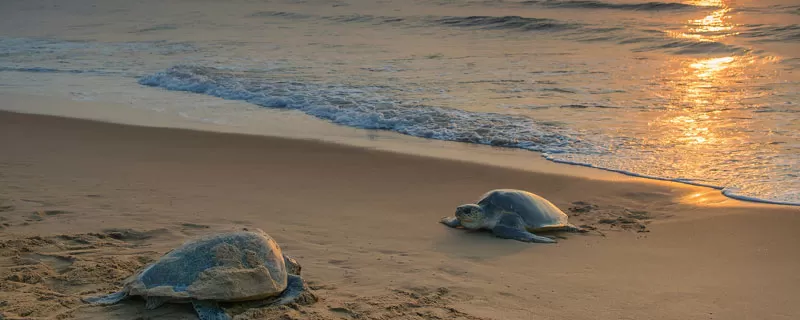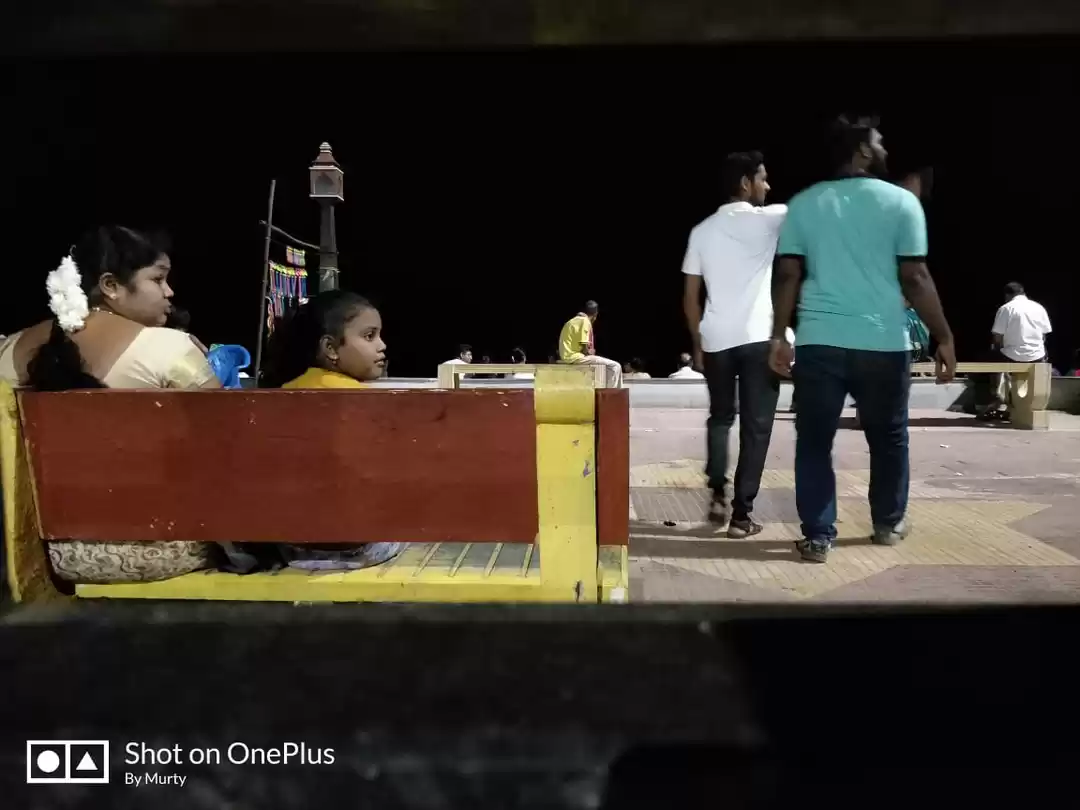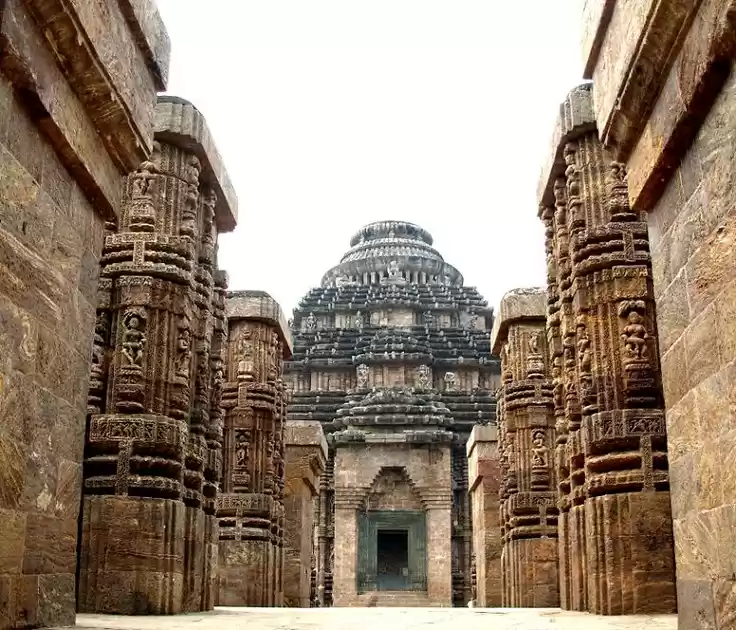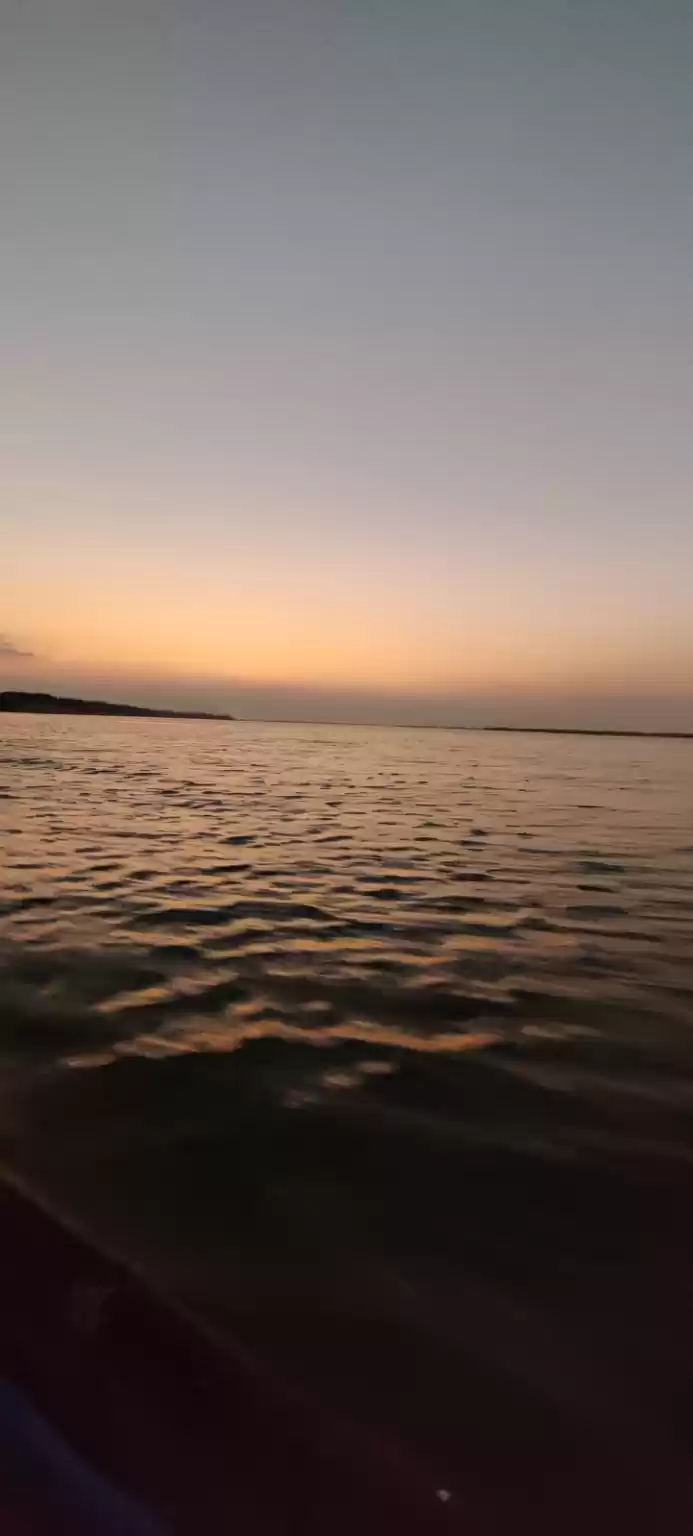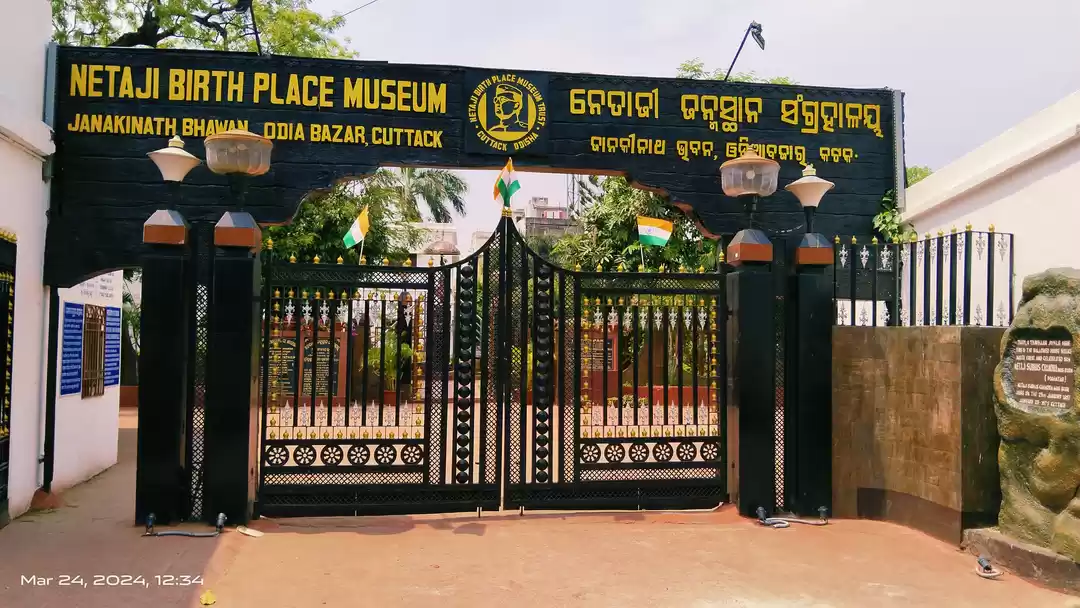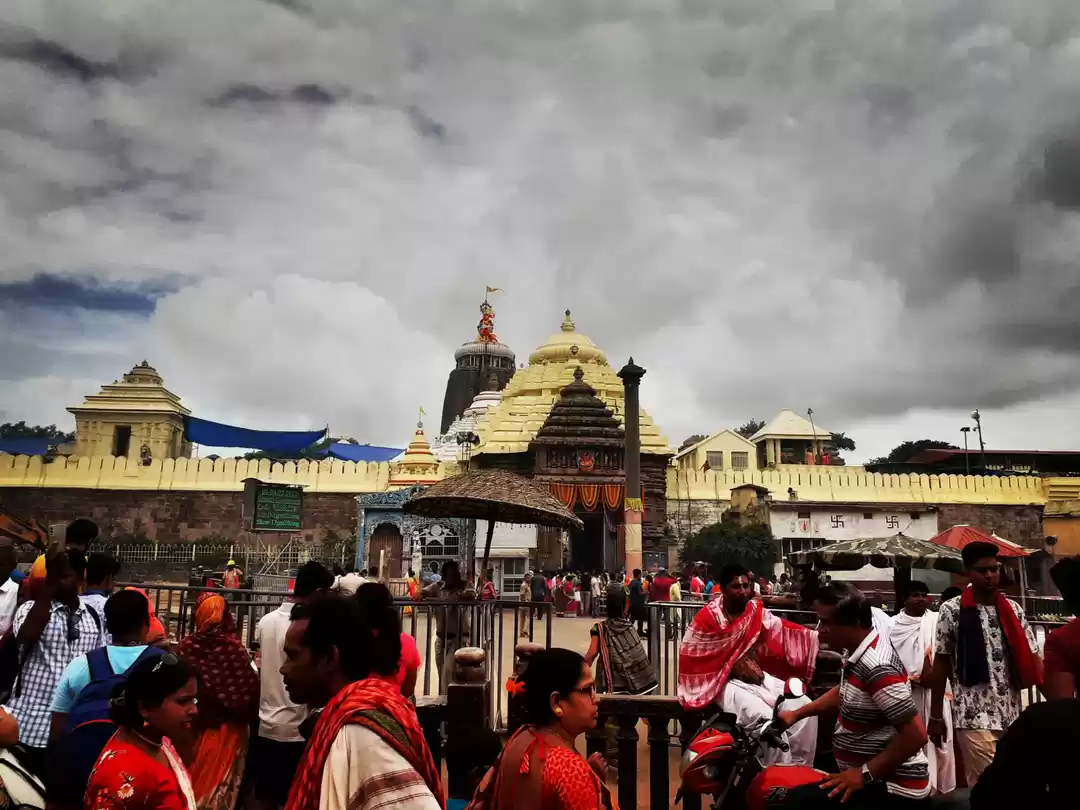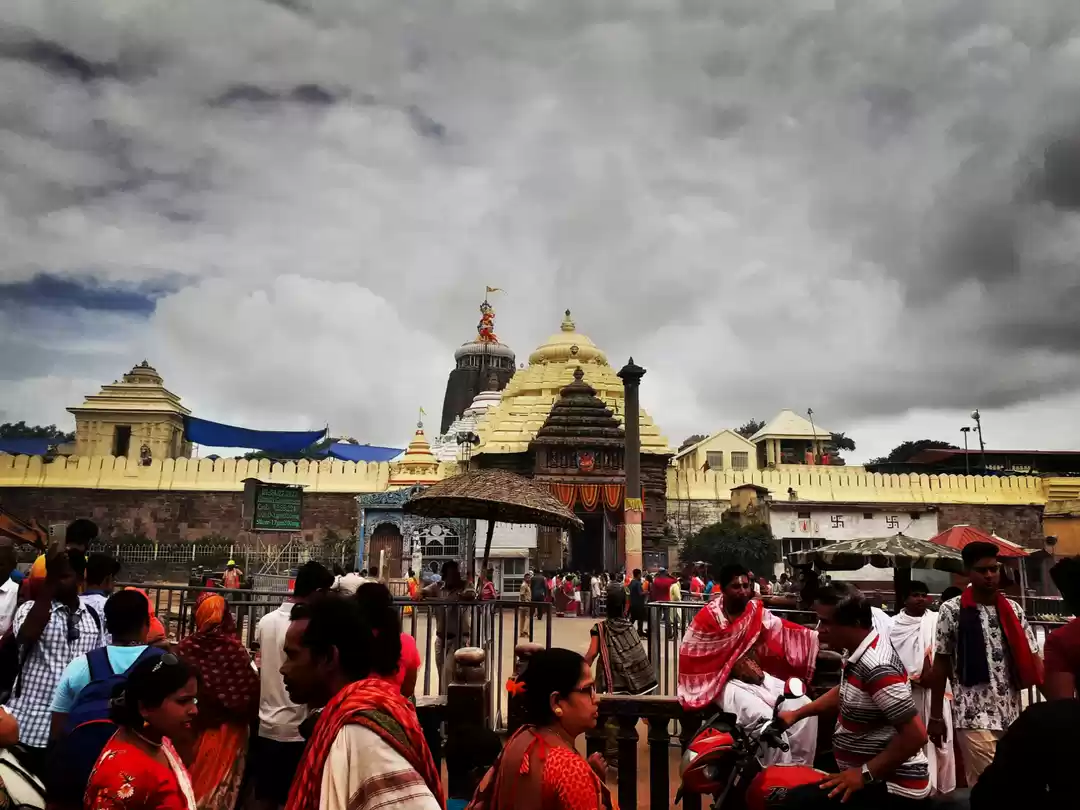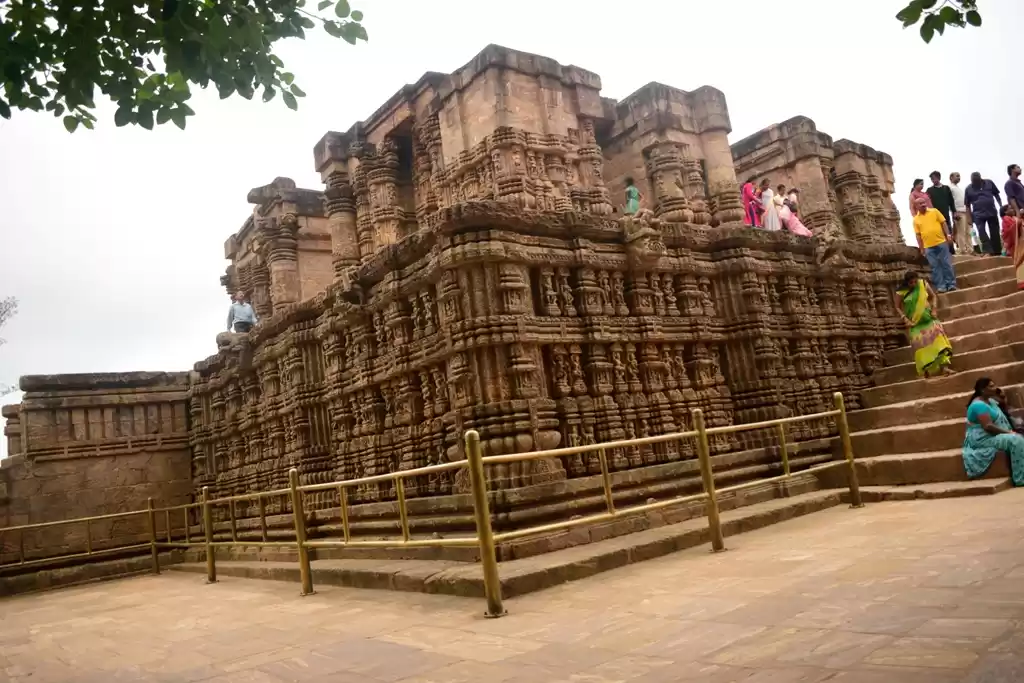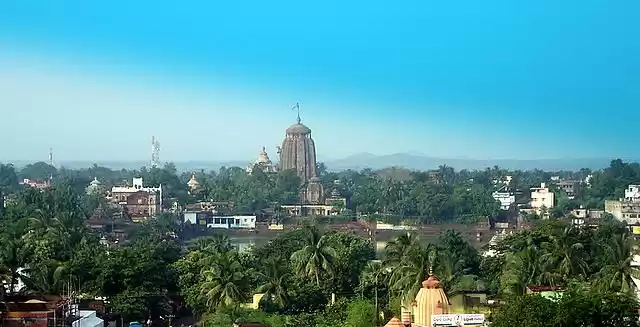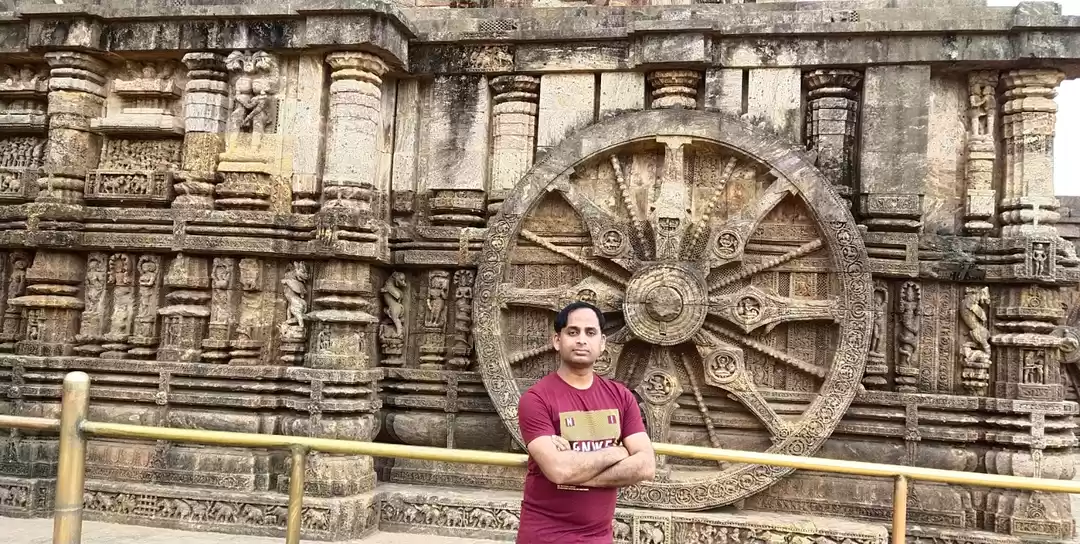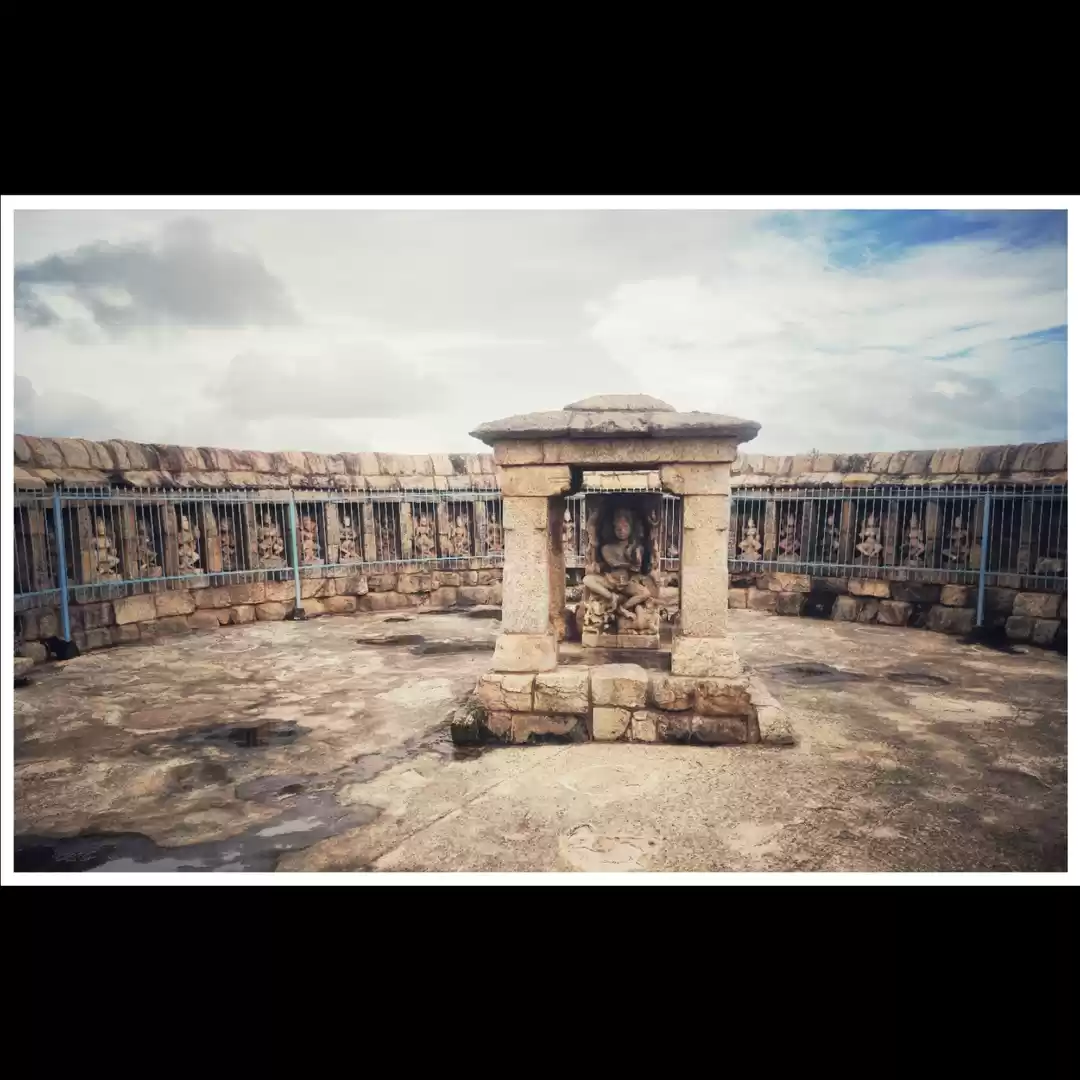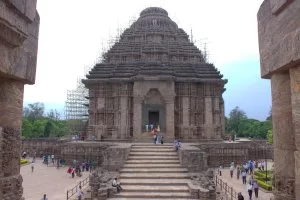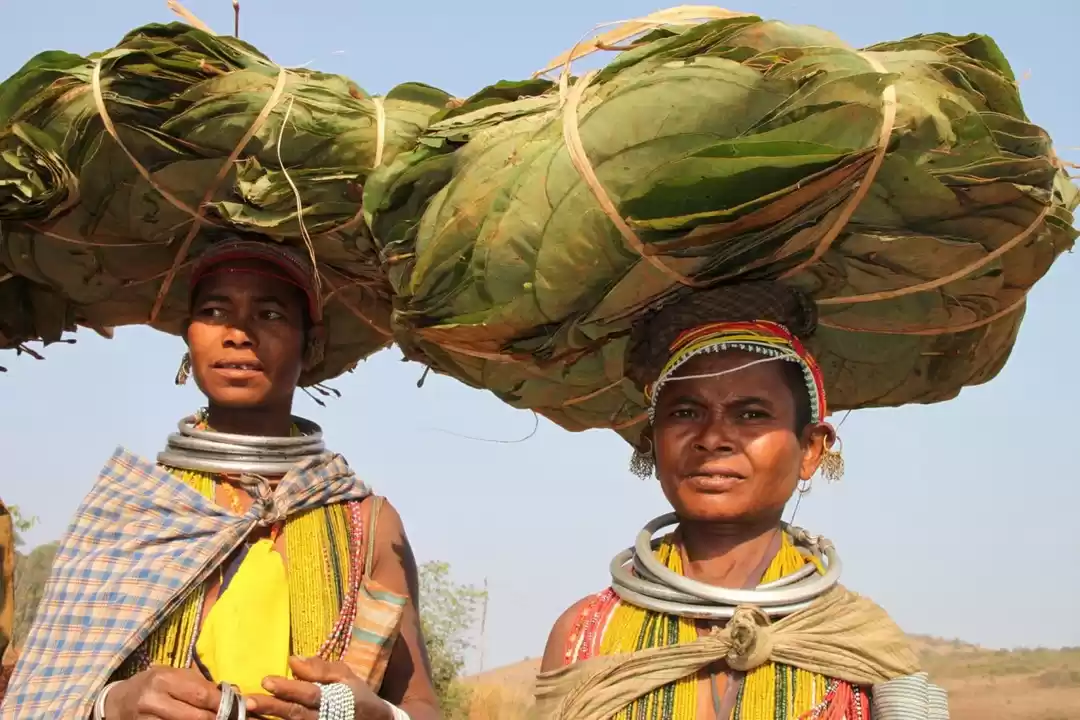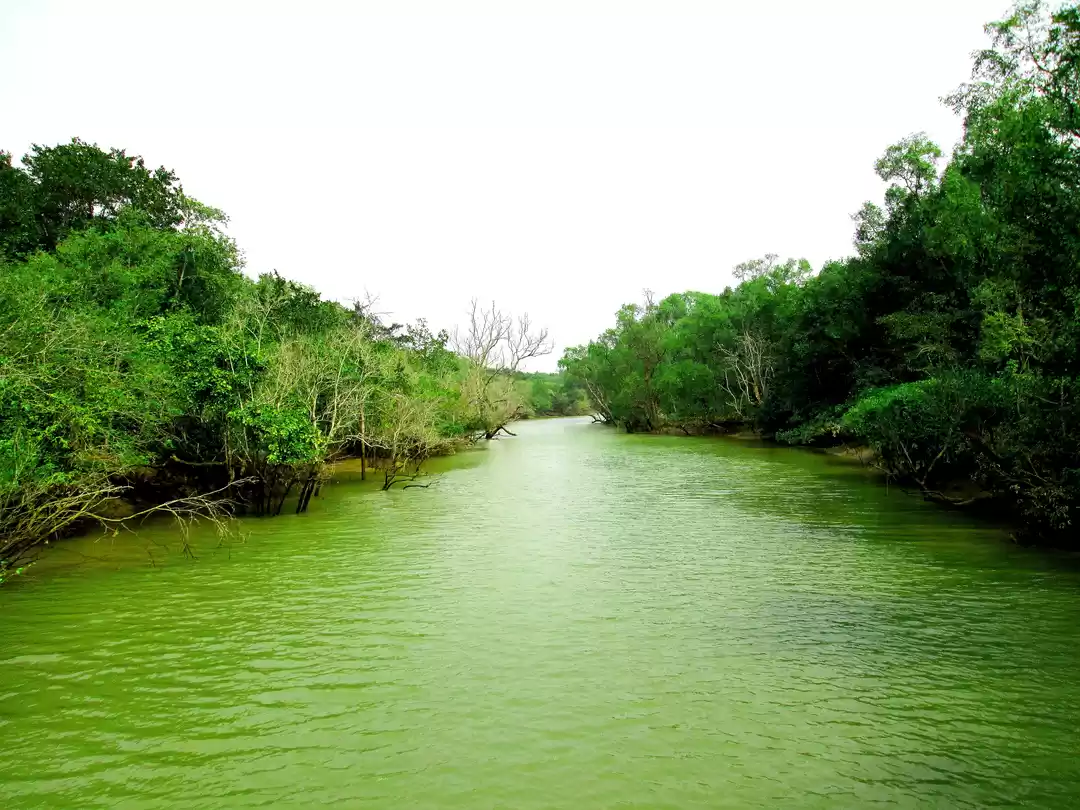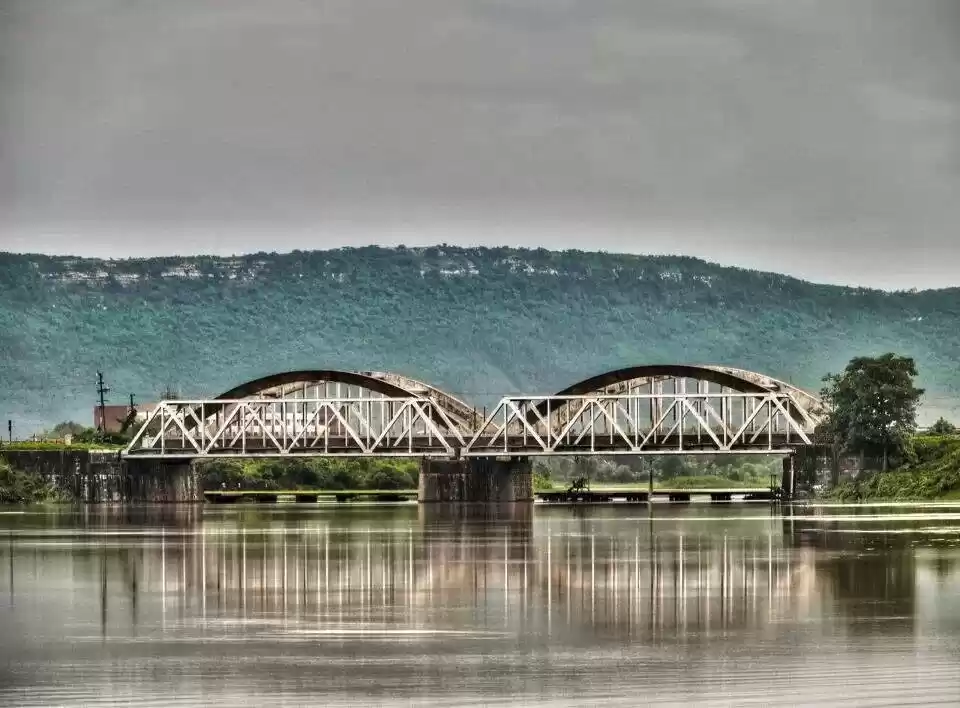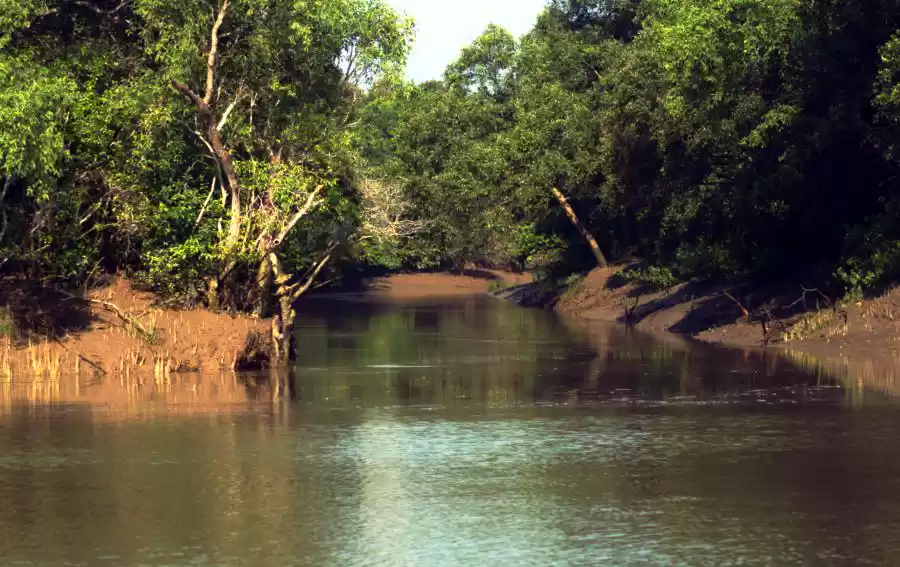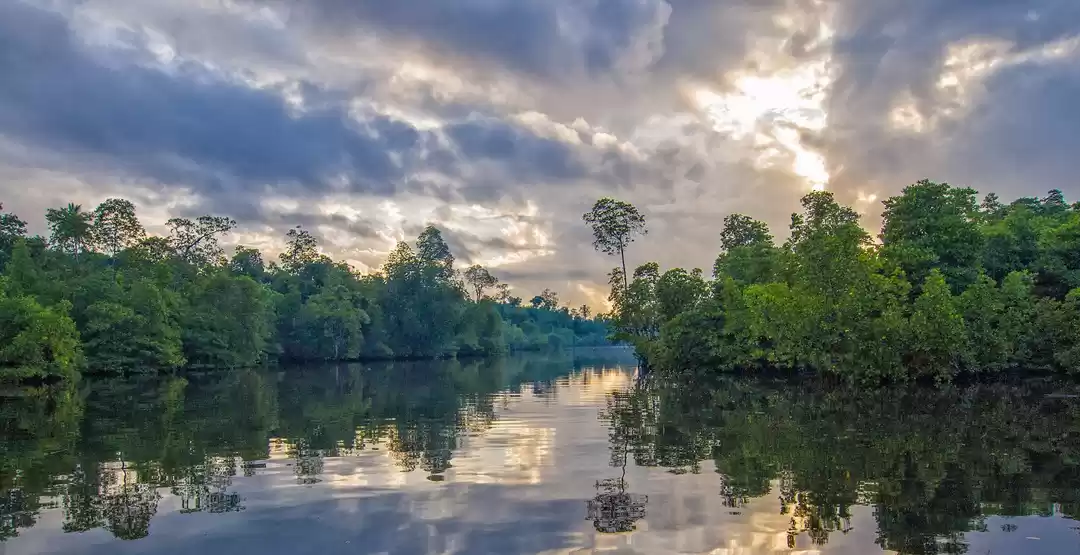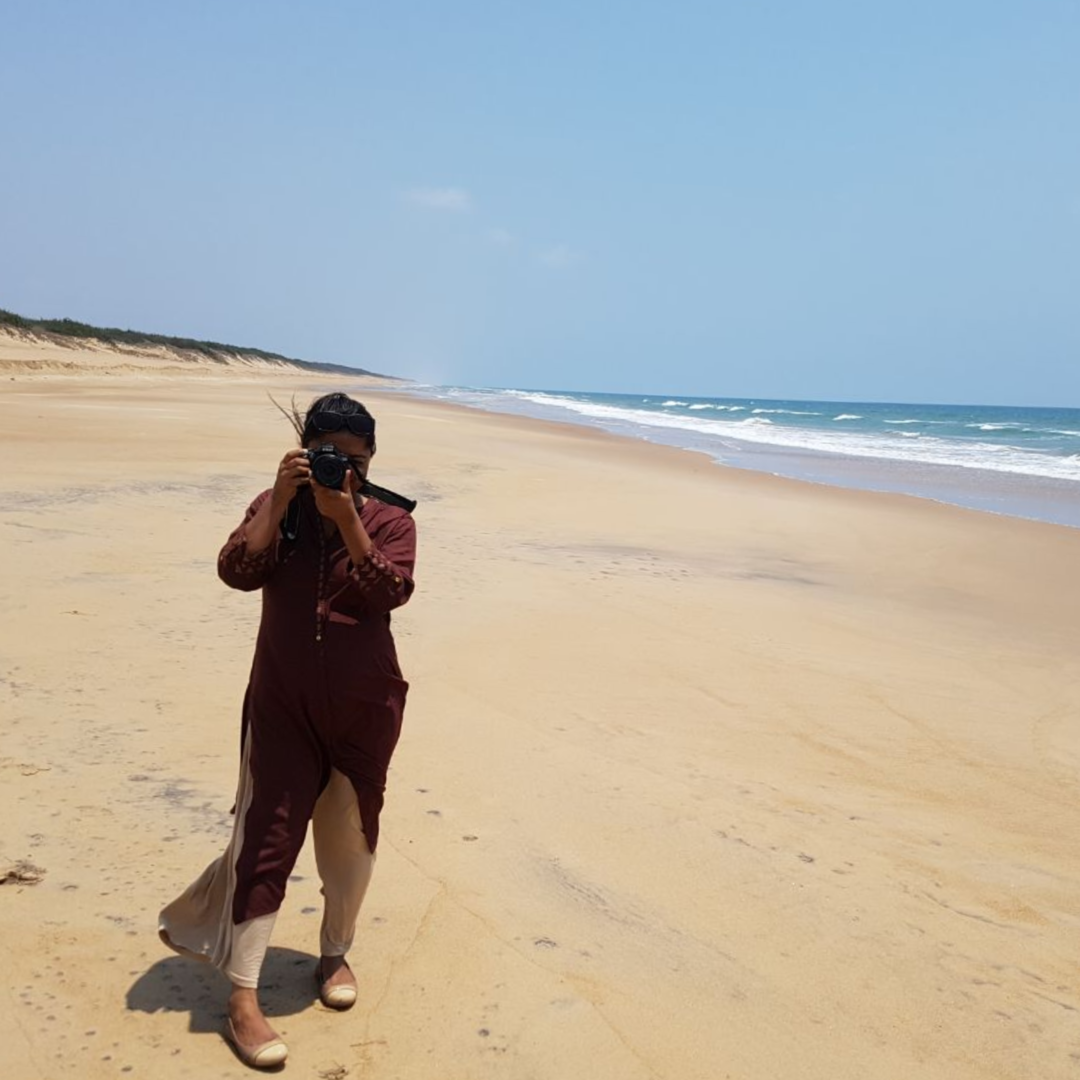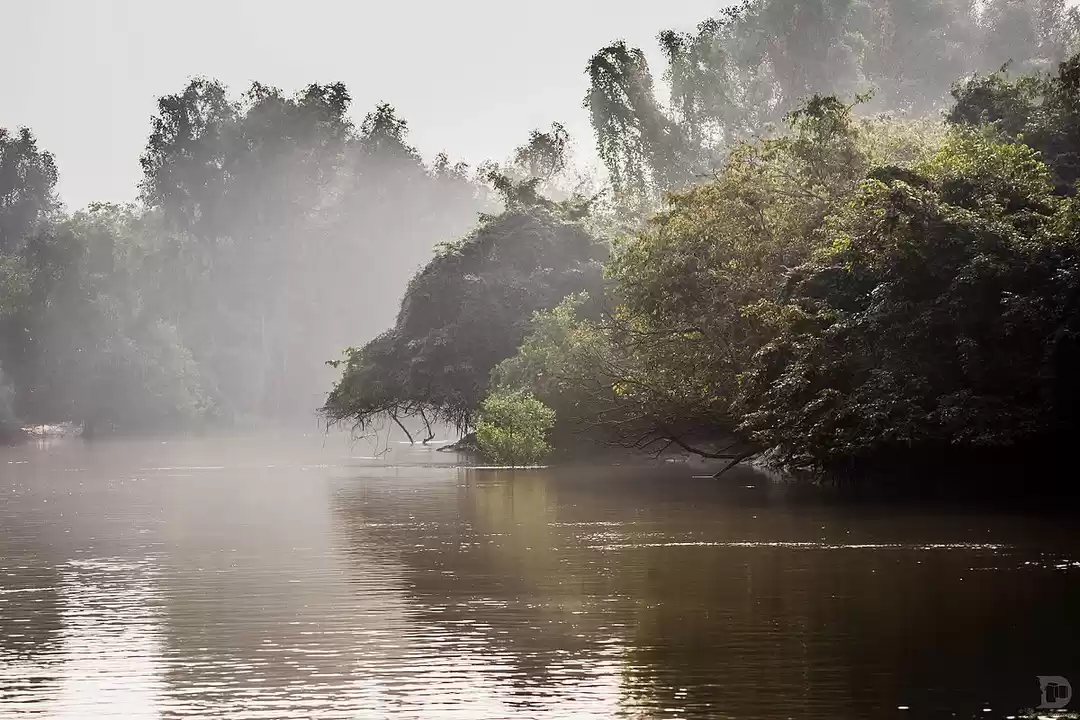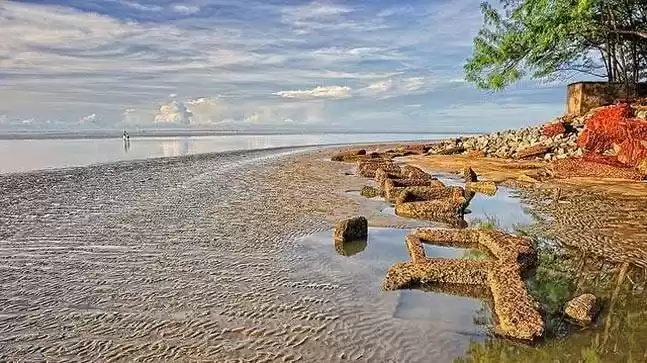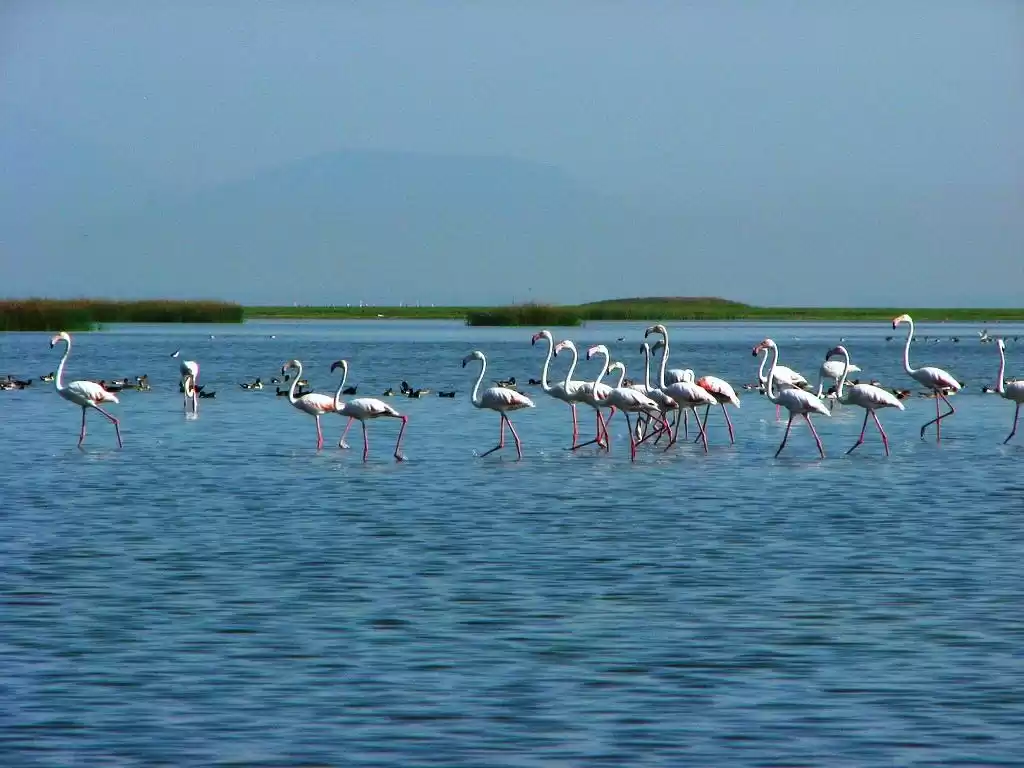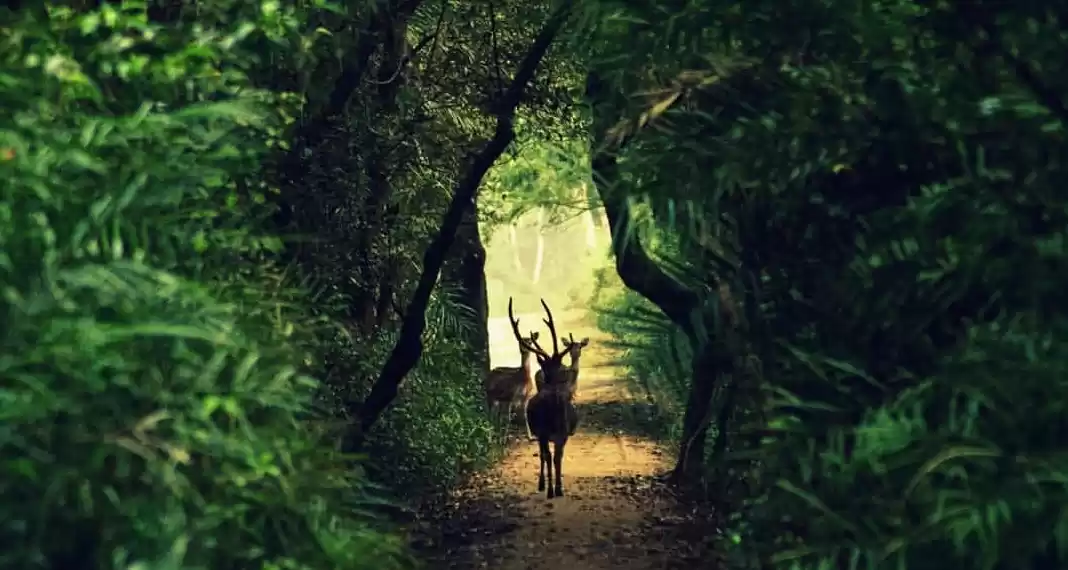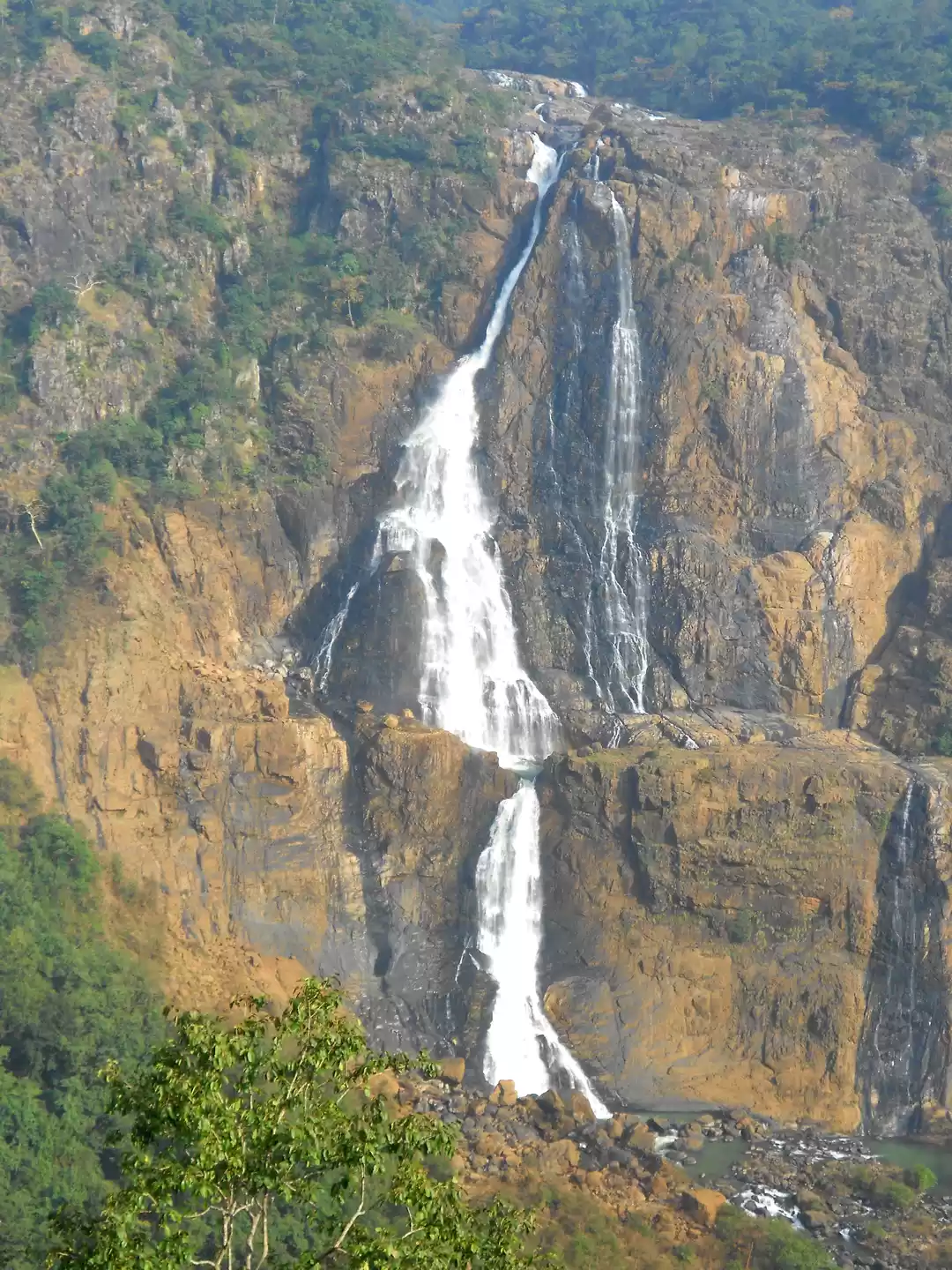Odisha may be best known for beaches and temple architecture, but the rich ecosystems of this state offer exceptional wildlife.
Here, where the Eastern Ghats, Chota Nagpur Plateau, and Central India biogeographic regions converge as they slope into riverine deltas and the Bay of Bengal, you’ll find tigers, elephants, crocodiles, turtles, dolphins, and rare birds!
Odisha is headed towards being among India’s top states for wildlife conservation - and the next big thing in wildlife tourism!!
Here are some of the Best Wildlife Experiences in Odisha:
1. Similipal- for the black tiger
The Similipal massif stands apart for its high-altitude "sky island" ecosystems, surrounded by mountains and cloaked in sal forest. At 2750 sq km, Similipal is one of India’s largest tiger reserves, best known for the black (or pseudo-melanistic) tiger. Over half of the tigers here exhibit a rare trait, sporting broad stripes that merge into each other making the big cats appear black. Similipal is also home to elephants, leopards, gaur, sambar and sloth bears.
Visitors tip: The saltlick at Chahala sees the rare pale-capped pigeon coming down to the ground in the summer months.
When to go: The park remains open throughout the dry season from November to June.
2. Bhetnoi- for blackbuck
Known for the blackbuck, India's second fastest land animal- Bhetnoi is a four hour drive from Bhubaneswar. The people of this region have traditionally worshipped and protected the antelopes, and believe that letting them graze in their crop fields ensures bumper harvests. A walk or drive through the fields and meadows is a great way to see them. The area is surrounded by dry land habitat with low hillocks, good to explore for jackals, hyenas, wolves, and perhaps even leopards.
Visitors tip: Monsoon is a great time to catch the bucks in rut, fighting for mating rights and displaying lekking behaviour. This is also a great time to photograph the antelope with a rich green background–something that is usually rare across most of India’s blackbuck regions.
When to go: Year round, but monsoons and winters are best.
3. Chilika Lake
Chilika is the largest brackish water lagoon in Asia, spanning 1100 sqkm! This is the largest wintering ground for waterfowl in India, and is also home to fishing cats, otters, hyenas, and Irrawaddy dolphins. Chilika is many destinations, not one. Here's where to go:
> Mangalajodi- for waterfowl

On the northwestern bank of Chilika, freshwater swamps are filled with tall reed jungles. Resident and wintering waterfowl throng the waters here.
As your boatman quietly paddles a canoe through the creeks, whiskered terns float above you. Thousands of black-tailed godwits take off in murmuration at the sight of their predator, the Eurasian marsh harrier! Northern pintail, shovelers, gadwalls and garganey are just a few of the duck species you will see. Black-winged stilts are so approachable that you might question if they’re wild.
Visitors tip: Early in the morning is a good time to catch a late fishing cat melting into the reeds.
When to go: Winters are great for large wintering waterfowl congregations. In summer the resident jacanas, pratincoles, grebes and spot-billed duck get into courtship mode.
> Satpada- for Irrawaddy Dolphins
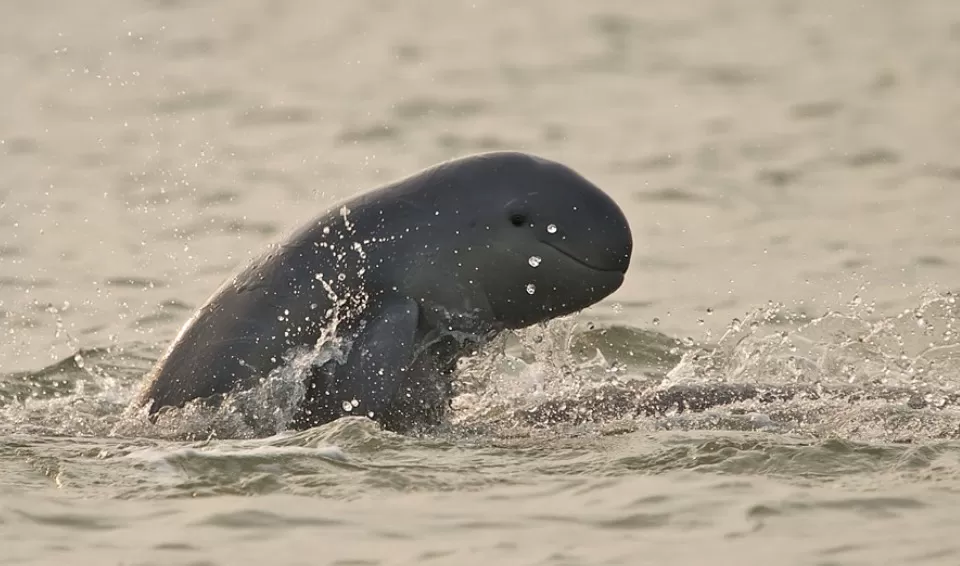
Satpada is one of the best places in the world to see Irrawaddy dolphins–cousins of the better known orca or killer whale of Free Willy fame!
Here, your boat driver kills the engine and scans the waters. “There!”, he points, and you turn. You hear a “poof”, and the grey shape of an Irrawaddy dolphin breaches the surface as it lets a breath out. Soon, you see a whole pod, logging now and then offering a spy hop. If you’re lucky you will see one spitting a jet of water to stun the fish it is hunting.
Follow the channel towards the ocean and you will pass sandbars red with ghost crabs. As you near Chilika’s sea mouth, look through beautiful sand dunes to see the waves of the ocean while you and your boat are on the calm waters of the lake.
Visitors tip: Keep an eye out for the white-bellied sea eagle, the largest raptor here with a seven-foot wingspan.
When to go: Avoid going after 8am, as the sun will be high and the tourist crowds are out.
4. Forests of the Mahanadi- for elephants and deer
In the very heart of Odisha, the River Mahanadi carves a 22 km-long gorge through the Garhjat Hills. The crystal waters in the gorge are home to mugger crocodile, Mahanadi mahseer and the critically endangered gharial. Indian skimmers breed here. On either side of the gorge, extensive forests of sal, teak, and bamboo are rich with megafauna of the Satkosia Tiger Reserve. The forests reverberate with the rumble of elephant infrasounds, and gaur, sambar, chital and barking deer announce the passing of leopards.
Boat safaris allow visitors to sight these animals on the riverbanks. Walking safaris, organised by Ecotour Odisha camps inside the tiger reserve, are an excellent way to observe the wilderness closely, look for tracks, and indulge in some birdwatching.
Visitors tip: A late summer afternoon boat ride down the gorge can reward you with good sightings of megafauna coming to drink from the river.
When to go: Summers are best for sighting mammals. Winters are better for birdwatching and easier crocodile sightings.
5. The Arribada of Olive Ridleys
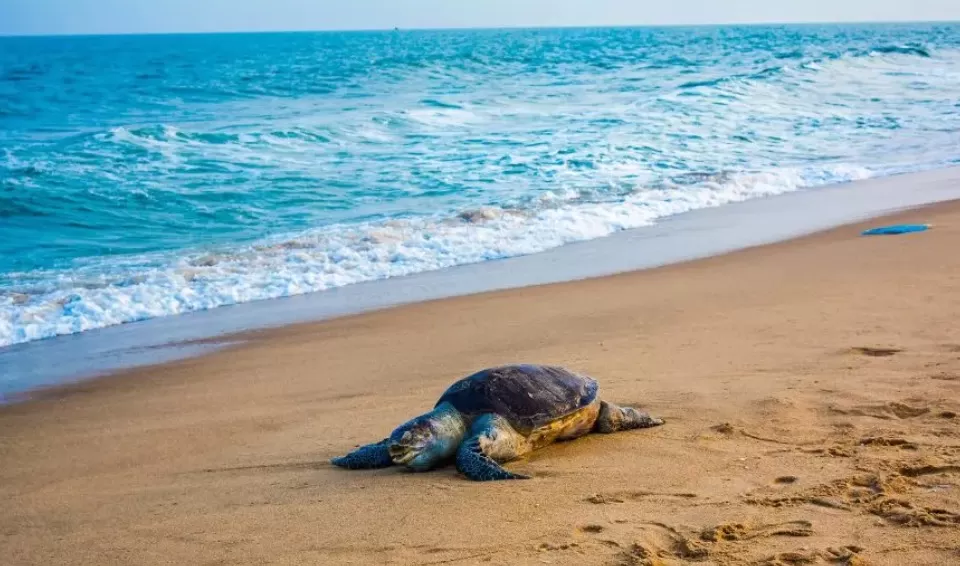
Few wildlife experiences can be as magical and meditative as experiencing the arribada (Spanish for “arrival”) of Olive Ridley turtles as they emerge in the thousands from the ocean by starlight!
Odisha hosts the world's largest rookeries for Olive Ridley turtles, and the one at the mouth of River Rushikulya is accessible to tourists.
For a week to ten days any time between January and March, the females emerge in the thousands through the night, dig a hole, lay about 100 eggs, and cover the nest. Spending a night on the beach during nesting season is an incomparable experience for naturalists. Six to eight weeks after the nesting season, millions of hatchlings emerge. The beach, near the village of Puranabandha, is a two-and-a-half-hour drive from Bhubaneswar, close to the port town of Gopalpur.
Visitors tip: If you can’t coincide your visit with the narrow window of the arribada, a winter day’s boat ride into the ocean will let you watch the turtles mating on the surface of the blue waters.
When to go: Jan-March
6. Debrigarh- for leopards and sloth bear
In the dry deciduous forests of Debrigarh Wildlife Sanctuary, the game drive trail lies at the edge of the forest and the backwaters of the Hirakud Dam. All animals seeking water must cross the road, and visitors can easily see gaur, sambar, and the shy chousingha. Leopards and sloth bears are the stars of this forest, and you may also spot wild dogs, wolves, and elephants.
Visitors Tip: Leopard and sloth bear sightings are usually better on afternoon game drives.
When to go: Summers offers better mammal sightings.
7. Bhitarkanika- for saltwater crocodiles
Bhitarkanika National Park and Wildlife Sanctuary, India's second-largest mangrove ecosystem after the Sundarbans, is home to the largest reptile on the planet, the saltwater crocodile.
Around 70 percent of India’s saltwater crocodile population is found in Bhitarkanika. From a boat, you can see these gigantic creatures, some measuring over 20 feet in length and weighing upto a 1000kg, slide into the waters. You don't want to be on foot in the mangroves by yourself. These crocs are confirmed maneaters, but there are trails that are safe to walk with a guide. Six species of kingfishers are found in Bhitarkanika and one of India’s largest heronries can be seen in the monsoon season.
Visitors tip: A night exploration in the vicinity of the park offers good chances of sighting fishing cats and leopard cats.
When to go: Winter is the best time to watch crocs basking in the sun on the riverbanks.
Odisha is a state renowned for its sprawling greenery and natural beauty. It has taken great initiatives to protect and preserve this abundant resource by building wildlife sanctuaries and national parks, so do not miss out on this otherworldly experience the next time you plan your trip to Odisha!
Also read:
- A Detailed Guide For Wildlife Enthusiasts To Explore The Best Of Karnataka
- 7 Best Jungle Lodges In Karnataka To Enjoy The Best Of Forests
For more travel stories and information follow @travelstoriesbytan.
Earn credits and redeem them on Tripoto's weekend getaways, hotel stays and vacation packages!


